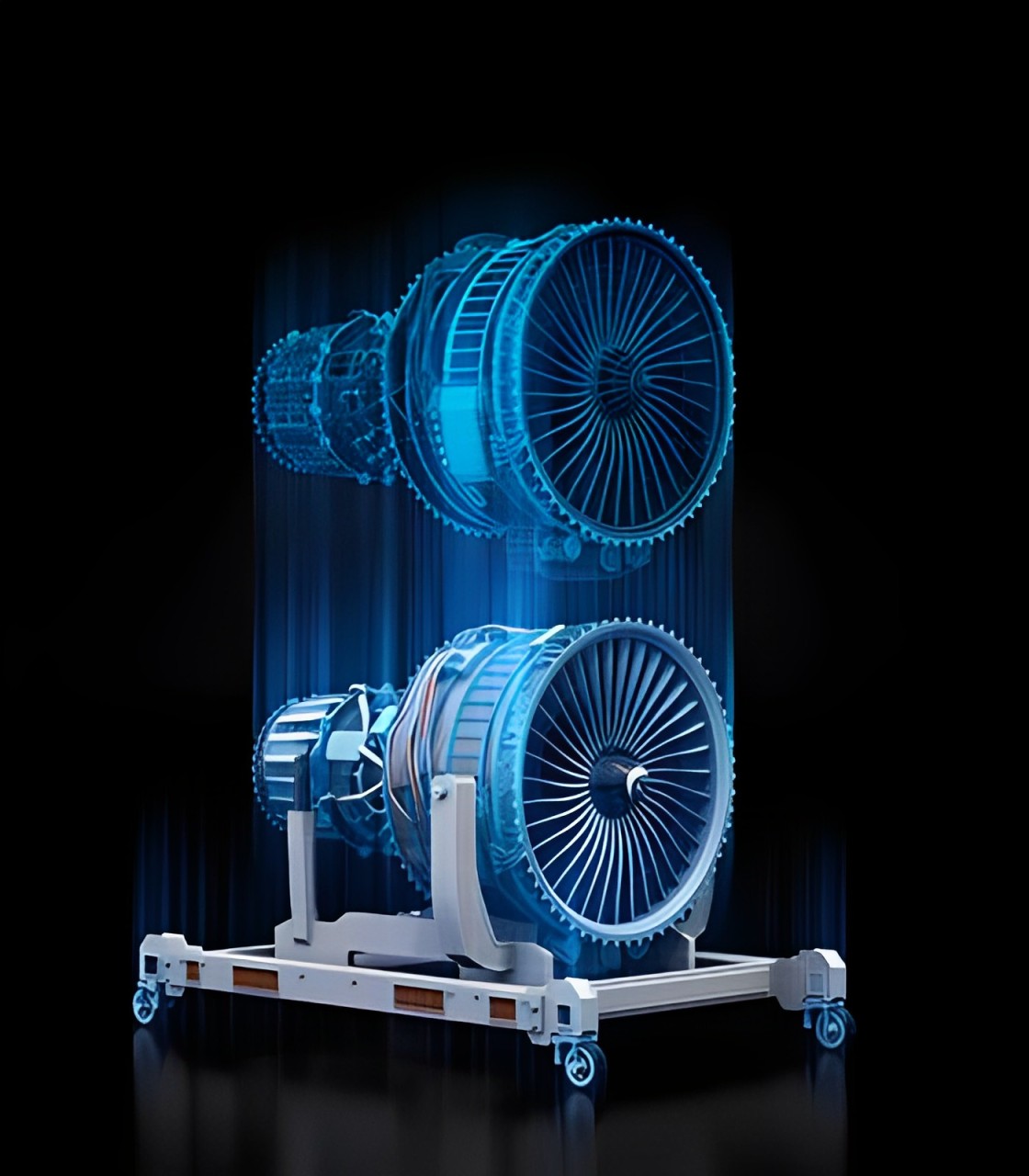Digital twins are virtual replicas of physical assets, processes, or systems that simulate their behavior in real time. These replicas integrate data from sensors, historical information, and advanced modeling techniques to provide insights into the physical counterpart’s performance, condition, and potential future states.
In today’s rapidly changing world of technology and aviation, the concept of a digital twin has emerged as a powerful tool that bridges the physical and digital realms. A digital twin is much more than just a 3D model; it is a living virtual replica of a physical object, system, or process that updates and evolves in real-time based on actual performance data. Through constant data exchange with its real-world counterpart, a digital twin enables engineers and operators to monitor, simulate, and even predict behavior with remarkable accuracy.
In the aviation industry, digital twins are playing a transformative role throughout the entire aircraft lifecycle. From initial design and development to real-time operational monitoring and long-term maintenance planning, these virtual models provide unprecedented insights. Engineers utilize them during the design phase to simulate aerodynamics, structural stresses, and system behavior before any physical prototype is built. This not only accelerates development but also helps ensure that aircraft meet rigorous safety and performance standards from the very beginning.
Once in service, aircraft equipped with digital twin technology can be monitored in real-time. Data collected from onboard sensors—measuring everything from vibration and temperature to pressure and speed—is transmitted to the digital twin, which processes and analyzes it using physics-based models, machine learning, and historical data. This continuous feedback loop enables predictive maintenance, allowing issues to be resolved before they lead to in-flight failures or costly downtime.
One of the most compelling applications of digital twins in aviation is in aircraft engines. Given their complexity, cost, and critical importance, digital twins provide a strategic advantage in maintaining performance and reliability. Each engine can have its own individualized digital twin reflecting not only its current state but also its complete operating history, environmental exposure, and usage profile. This capability allows engine manufacturers and airlines to detect subtle changes that could indicate a problem long before it becomes visible or dangerous.
Companies like GE Aviation and Rolls-Royce have fully embraced digital twin technology. For example, GE has created digital twins for every engine it produces, enabling highly customized maintenance schedules based on real-time conditions rather than generic usage assumptions. Rolls-Royce’s TotalCare program goes even further by continuously monitoring engines and optimizing their performance based on insights provided by their digital twins. The benefits are clear: fewer unexpected failures, reduced maintenance costs, increased engine lifespan, and improved fuel efficiency. More broadly, this also contributes to more sustainable aviation practices by minimizing waste, reducing fuel consumption, and cutting emissions.
Given the wide-ranging applications of digital twins in aviation, it’s easy to see why the concept is sometimes confused with similar tools like simulators. While both involve virtual modeling, they serve very different purposes and functions. A simulator is typically used for training, design, or analysis. It allows users to test scenarios under various conditions but does so in a static or isolated manner—it’s not connected to any real-world asset. In contrast, a digital twin is continuously synchronized with its real-world counterpart. It evolves with the physical system, processes live data, and reflects the true condition of the asset in real-time. Simulations can be part of a digital twin, but digital twins go much further by offering a dynamic, personalized, data-driven reflection of a specific system.
For example, a simulator might model how a generic jet engine would respond to certain altitudes or temperatures. In contrast, a digital twin would represent a specific engine installed on a particular aircraft, factoring in its actual wear, usage history, and real-time sensor readings to deliver precise insights tailored to that engine alone.
Behind the scenes, a digital twin integrates various cutting-edge technologies—from IoT sensors and cloud computing to artificial intelligence, finite element analysis, and computational fluid dynamics. This seamless integration of data, physics, and machine learning transforms how engines are maintained and informs future designs. Digital twins are not merely a futuristic concept—they are already reshaping the aviation industry. As this technology continues to advance, its role in ensuring safer, smarter, and more efficient flights will only become more significant.

